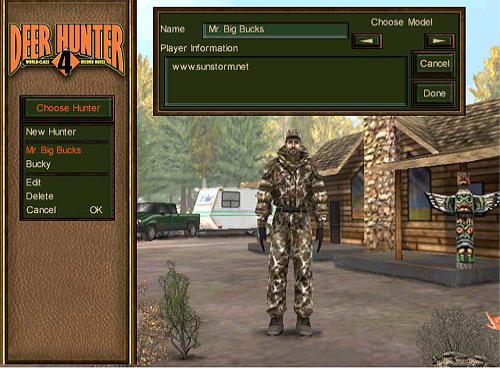

Respondents identified gun season length as the most important regulatory attribute influencing their decisions about policy, followed by bag limits. We received valid responses from 25,508 resident deer hunters. We obtained the data used in our analysis after contacting 171,880 resident deer hunters by email and postcard to encourage their participation in a web-based survey. Discrete choice experiments explain the choice behavior of humans via preference elicitation.


To provide better information to mitigate the potential for undesirable consequences, we modeled deer hunter choice behavior using a discrete choice experiment to identify their preferences for regulatory components and policy alternatives. Both trends can have undesirable consequences for deer populations, hunters, and deer managers. In North Carolina, USA, the harvest of deer by hunters is skewed towards males <2.5 years old and all firearm hunting seasons begin prior to the rut. Optimizing deer herd management given conflicting biological and social goals means that agencies will need to better understand what trade-offs can be made. Achieving state wildlife agency goals for white-tailed deer (Odocoileus virginianus) management may conflict with hunter traditions and desires.


 0 kommentar(er)
0 kommentar(er)
